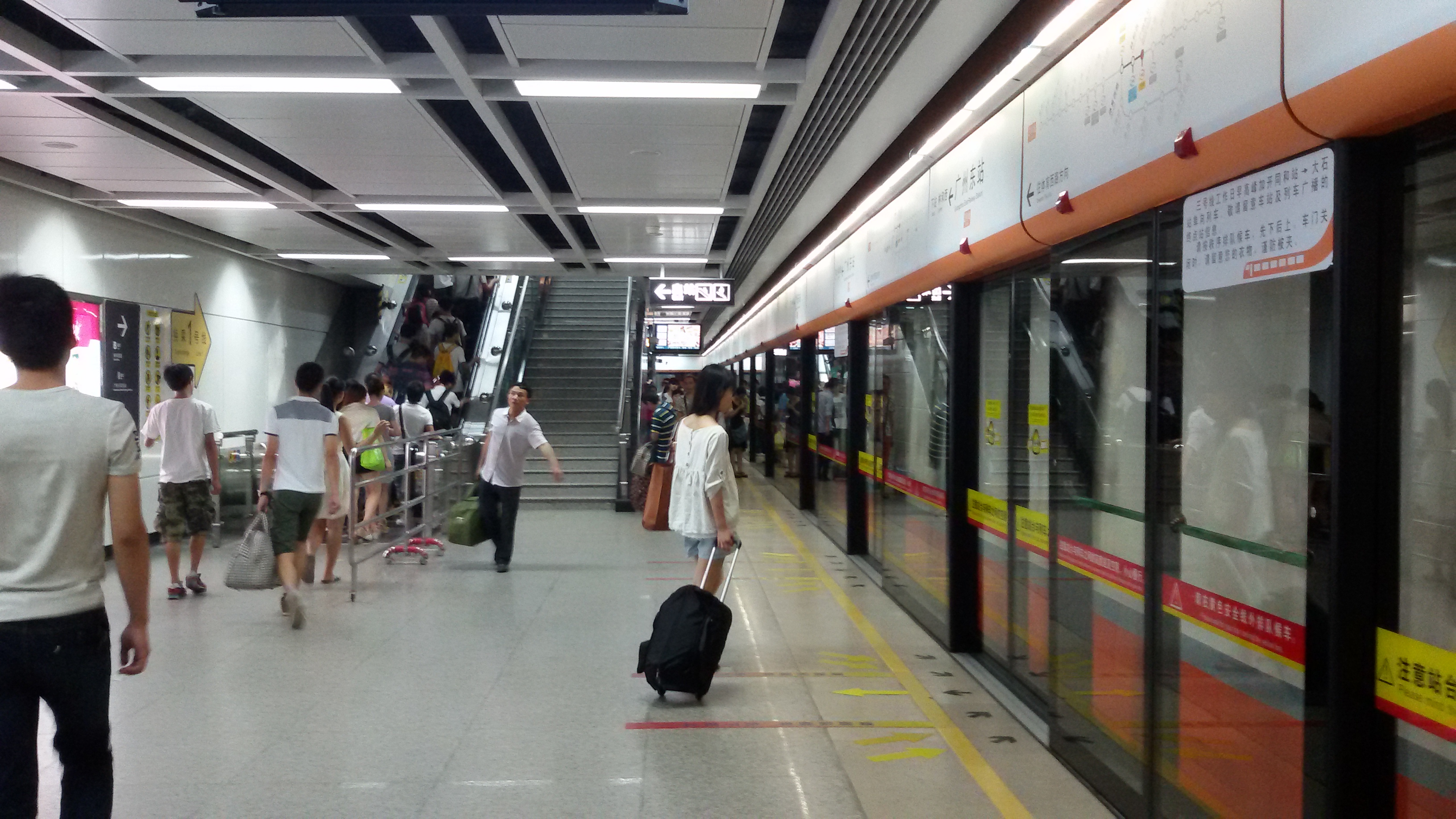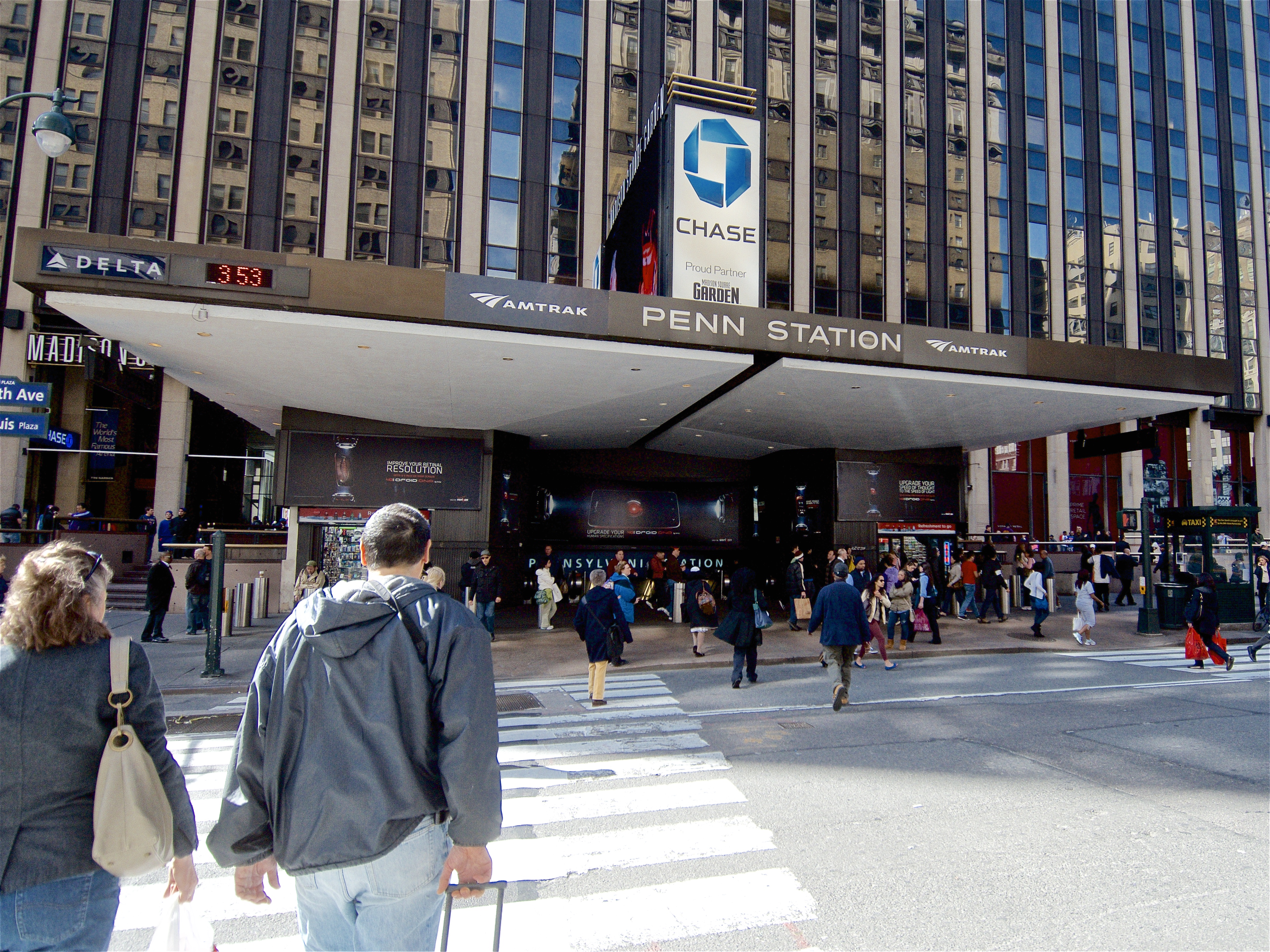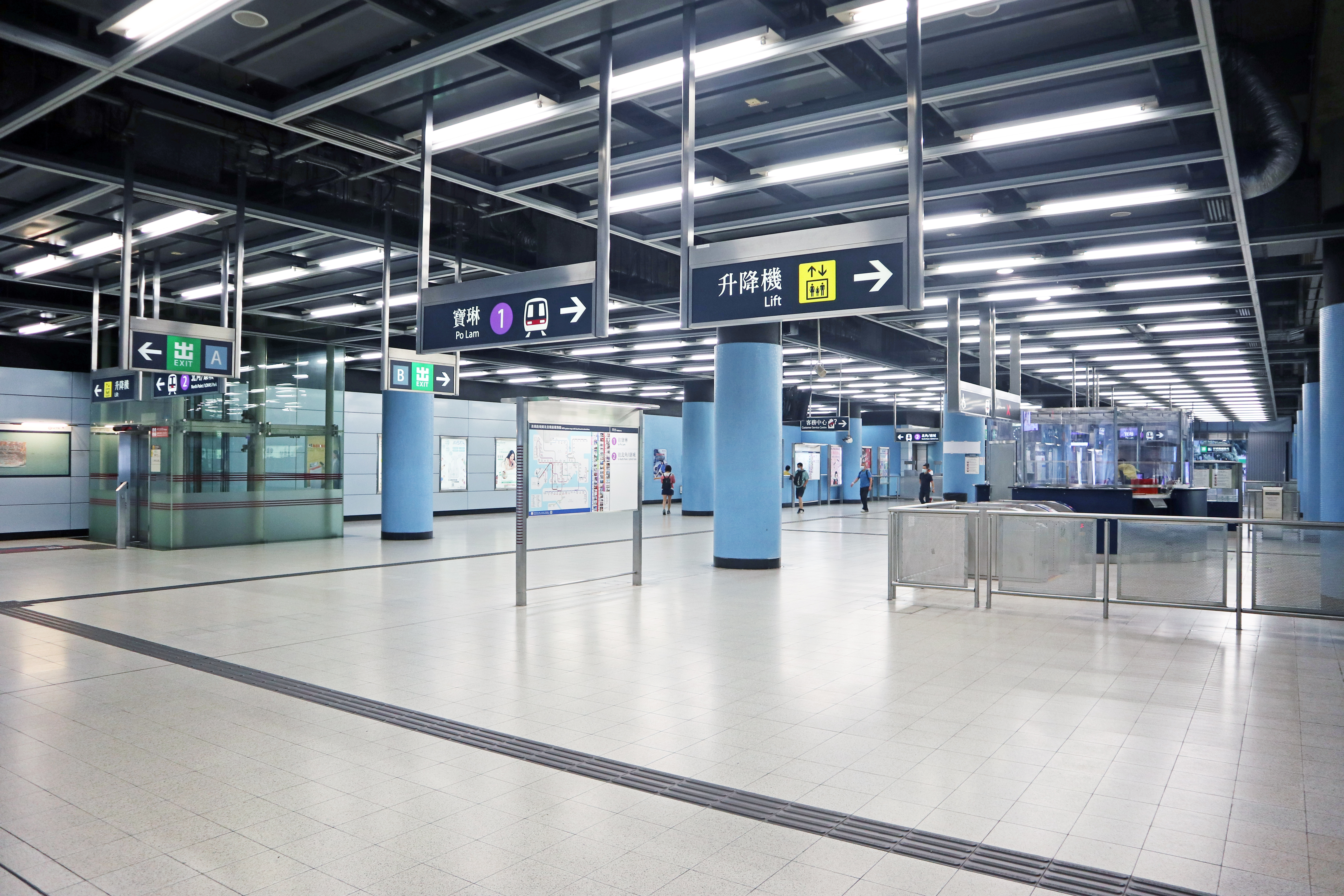|
Kengkou Station (Guangzhou Metro)
Kengkou Station () is a station of Line 1 of the Guangzhou Metro. It started operations on 28 June 1997. It was located at the ground level of the junction of Huadi Avenue Middle and Longxi Avenue in Fangcun, Liwan District. It is adjacent to Fangcun Coach Station (), the transportation hub for the western area of the Pearl River Delta The Pearl River Delta Metropolitan Region (PRD; ; pt, Delta do Rio das Pérolas (DRP)) is the low-lying area surrounding the Pearl River estuary, where the Pearl River flows into the South China Sea. Referred to as the Guangdong-Hong Kong-Mac .... Station layout Exits References Railway stations in China opened in 1997 Guangzhou Metro stations in Liwan District {{Metro-stub ... [...More Info...] [...Related Items...] OR: [Wikipedia] [Google] [Baidu] |
Kengkou Metro Station
Kengkou () is a station on the Taoyuan Airport MRT located in Luzhu District, Taoyuan City, Taiwan. The station opened for commercial service on 2 March 2017. Station overview This elevated station has two island platforms and four tracks, although Express trains do not currently stop at this station. The station is long and wide. It opened for trial service on 2 February 2017, and for commercial service 2 March 2017. It will be a future transfer station with the Green line (G32) of Taoyuan Metro. History * 2017-03-02: The station opened for commercial service with the opening of the Taipei-Huanbei section of the Airport MRT. Station overview Around the station * Kengkou Painted Village (坑口彩繪村) (about 850 meters north of the station) Exits *Exit 1: Southwest of Kengguo Rd. See also * Taoyuan Metro The Taoyuan Metro (formerly Taoyuan Rail Transit and officially Taoyuan Mass Rapid Transit System) is a rapid transit system serving Taoyuan City in Taiwan. ... [...More Info...] [...Related Items...] OR: [Wikipedia] [Google] [Baidu] |
Intersection (road)
An intersection or an at-grade junction is a junction where two or more roads converge, diverge, meet or cross at the same height, as opposed to an interchange, which uses bridges or tunnels to separate different roads. Major intersections are often delineated by gores and may be classified by road segments, traffic controls and lane design. Types Road segments One way to classify intersections is by the number of road segments (arms) that are involved. * A three-way intersection is a junction between three road segments (arms): a T junction when two arms form one road, or a Y junction, the latter also known as a fork if approached from the stem of the Y. * A four-way intersection, or crossroads, usually involves a crossing over of two streets or roads. In areas where there are blocks and in some other cases, the crossing streets or roads are perpendicular to each other. However, two roads may cross at a different angle. In a few cases, the junction of two road segments ... [...More Info...] [...Related Items...] OR: [Wikipedia] [Google] [Baidu] |
Guangzhou East Railway Station (metro)
Guangzhoudong (Guangzhou East) railway station (), formerly known as Tianhe railway station () serves the city of Guangzhou, located in the city's Tianhe District. The railway, metro, and bus terminal stations is interconnected as a single station complex. There is an immigration check point within the station for Guangzhou–Kowloon through train passengers travelling to and from Hong Kong. Station Layout Rail services Rail services serving Guangzhou East railway station include: * Guangzhou–Shenzhen railway * Guangzhou–Kowloon through train * Guangzhou–Meizhou–Shantou railway Metro services An interchange station between Lines 1 and 3 of the Guangzhou Metro. It is located at the underground of China Railway station in Linhe Zhonglu (), Tianhe District Tianhe District () is one of the eleven districts of Guangzhou, the capital of Guangdong province. In Chinese, the name Tianhe literally means "a river in the sky/heavens", which is also a Chinese name f ... [...More Info...] [...Related Items...] OR: [Wikipedia] [Google] [Baidu] |
Xilang Station
Xilang station ( ), formerly Guanggang station because of nearby Guangzhou Iron and Steel's headquarters when planning, is a terminus of Line 1 of the Guangzhou Metro and Guangfo Line (FMetro Line 1). It started operations on 28 June 1997. It was situated at the underground of Huadi Avenue South in Fangcun, Liwan District Liwan District is one of 11 urban districts of the prefecture-level city of Guangzhou, the capital of Guangdong Province, China. The district is split into two parts by the Pearl River: Xiguan in the northeast and Fangcun in the southwest. .... During COVID-19 pandemic control rules from 29 May to 24 June 2021, services of Xilang station had been largely restricted, as all entrances and exits are closed, passengers can't embark or disembark at this station, and while the trains on both lines can still stop here, passengers can only transfer between both lines within the fare zone. The entrance has reopened in the afternoon of 24 June. Station layou ... [...More Info...] [...Related Items...] OR: [Wikipedia] [Google] [Baidu] |
Side Platform
A side platform (also known as a marginal platform or a single-face platform) is a platform positioned to the side of one or more railway tracks or guideways at a railway station, tram stop, or transitway. A station having dual side platforms, one for each direction of travel, is the basic design used for double-track railway lines (as opposed to, for instance, the island platform where a single platform lies between the tracks). Side platforms may result in a wider overall footprint for the station compared with an island platform where a single width of platform can be shared by riders using either track. In some stations, the two side platforms are connected by a footbridge running above and over the tracks. While a pair of side platforms is often provided on a dual-track line, a single side platform is usually sufficient for a single-track line. Layout Where the station is close to a level crossing (grade crossing) the platforms may either be on the same side of the cross ... [...More Info...] [...Related Items...] OR: [Wikipedia] [Google] [Baidu] |
Pearl River Delta
The Pearl River Delta Metropolitan Region (PRD; ; pt, Delta do Rio das Pérolas (DRP)) is the low-lying area surrounding the Pearl River estuary, where the Pearl River flows into the South China Sea. Referred to as the Guangdong-Hong Kong-Macao Greater Bay Area in official documents, the region is one of the most densely populated and urbanized regions in the world, and is considered a megacity by numerous scholars. It is currently the wealthiest region in Southern China and one of the wealthiest regions in China along with the Yangtze River Delta in Eastern China and Jingjinji in Northern China. Most of the region is part of the Pearl River Delta Economic Zone, which is a special economic zone of China. The region is a megalopolis, and is at the southern end of a larger megalopolis running along the southern coast of China, which include metropolises such as Chaoshan, Zhangzhou-Xiamen, Quanzhou- Putian and Fuzhou. The nine largest cities of the PRD had a combined populatio ... [...More Info...] [...Related Items...] OR: [Wikipedia] [Google] [Baidu] |
Transportation Hub
A transport hub is a place where passengers and cargo are exchanged between vehicles and/or between transport modes. Public transport hubs include railway stations, rapid transit stations, bus stops, tram stops, airports and ferry slips. Freight hubs include classification yards, airports, seaports and truck terminals, or combinations of these. For private transport by car, the parking lot functions as a unimodal hub. History Historically, an interchange service in the scheduled passenger air transport industry involved a "through plane" flight operated by two or more airlines where a single aircraft was used with the individual airlines operating it with their own flight crews on their respective portions of a direct, no-change-of-plane multi-stop flight. In the U.S., a number of air carriers including Alaska Airlines, American Airlines, Braniff International Airways, Continental Airlines, Delta Air Lines, Eastern Airlines, Frontier Airlines (1950-1986), Hughes Airwest ... [...More Info...] [...Related Items...] OR: [Wikipedia] [Google] [Baidu] |
Fangcun, Guangzhou
Fangcun (), formerly known as Fe Tee, Fa Ti, or Fati (), from its Cantonese pronunciation, is a former area of Guangzhou, Guangdong Province, China. It lay to the southwest of Guangzhou's central business district and south of the Pearl River. It was well known as the site of garden nurseries for flower and ornamental tree production as early as the 9th century, and the source of many "exotic" plants brought back to Europe in the 19th century. Fangcun became an independent district of Guangzhou known as the Fangcun District, then merged with the Liwan District in 2005. See also *Fangcun District: now abolished and merged with the Liwan District *Liwan District Liwan District is one of 11 urban districts of the prefecture-level city of Guangzhou, the capital of Guangdong Province, China. The district is split into two parts by the Pearl River: Xiguan in the northeast and Fangcun in the southwest. ... References Liwan District {{Guangzhou-stub ... [...More Info...] [...Related Items...] OR: [Wikipedia] [Google] [Baidu] |
Storey
A storey (British English) or story (American English) is any level part of a building with a floor that could be used by people (for living, work, storage, recreation, etc.). Plurals for the word are ''storeys'' (UK) and ''stories'' (US). The terms ''floor'', ''level'', or ''deck'' are used in similar ways, except that it is usual to speak of a "16-''storey'' building", but "the 16th ''floor''". The floor at ground or street level is called the "ground floor" (i.e. it needs no number; the floor below it is called "basement", and the floor above it is called "first") in many regions. However, in some regions, like the U.S., ''ground floor'' is synonymous with ''first floor'', leading to differing numberings of floors, depending on region – even between different national varieties of English. The words ''storey'' and ''floor'' normally exclude levels of the building that are not covered by a roof, such as the terrace on the rooftops of many buildings. Nevertheless, a flat r ... [...More Info...] [...Related Items...] OR: [Wikipedia] [Google] [Baidu] |
Hang Hau Station
Hang Hau () is an MTR List of MTR stations, station of , located at Pui Shing Road, Hang Hau, Tseung Kwan O, in the New Territories of Hong Kong. It was the easternmost station in the MTR railway system, until LOHAS Park station opened on 26 July 2009. It was named after Hang Hau Village, which is about a 10-minute walk from the station. Residence Oasis, a private residential estate, and its accompanied shopping centre, the Lane, are situated above the station. History The HK$1.3-billion contract to construct the station was awarded to Dragages et Travaux Publics, the Hong Kong subsidiary of Bouygues, in 1999. The station opened on 18 August 2002. Station layout Entrances/exits There are two exits, A and B, at two ends of the station. Each exit is divided into two adjacent sub-exits. *A1: Residence Oasis *A2: On Ning Garden *B1: The Lane *B2: Tseung Kwan O Sports Ground Notes References {{Tseung Kwan O Line navbox MTR stations in the New Territories Tse ... [...More Info...] [...Related Items...] OR: [Wikipedia] [Google] [Baidu] |
Guangzhou Metro
The Guangzhou Metro () ( and ) is the rapid transit system of the city of Guangzhou in Guangdong Province of China. It is operated by the state-owned Guangzhou Metro Corporation and was the fourth metro system to be built in mainland China, after those of Beijing, Tianjin, and Shanghai. The earliest efforts to build an underground rapid transit system in Guangzhou date back to 1960. In the two decades that followed, the project was brought into the agenda five times but ended up abandoned each time due to financial and technical difficulties. Preparation of what would lead to today's Guangzhou Metro did not start until the 1980s, and it was not until 1993 that construction of the first line, Line 1, officially began. Line 1 opened four years later in 1997 with five stations in operation. , Guangzhou Metro has 16 lines in operation, namely: Line 1, Line 2, Line 3, Line 4, Line 5, Line 6, Line 7, Line 8, Line 9, Line 13, Li ... [...More Info...] [...Related Items...] OR: [Wikipedia] [Google] [Baidu] |





